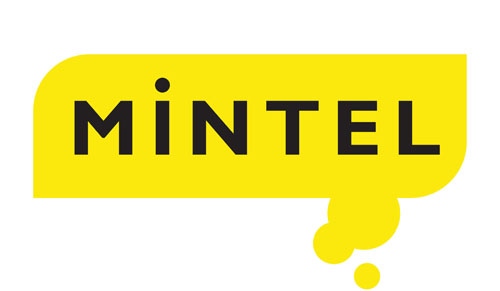Mintel identifies top trends in U.S. restaurant industry
March 11, 2015


Mintel
The US restaurant industry has enjoyed modest growth in the past few years, and Mintel estimates sales of $438 billion in 2013, as well as a 5.9 percent increase in sales in 2014. Five key trends identified by Julia Gallo-Torres, category manager—US foodservice reports at Mintel, are set to shape restaurant menus and spur this continued growth.
1. Fast casual pulls ahead
The impressive growth of the fast casual segment demonstrates consumers, who are still focused on price, are willing to pay more for foods they consider to be of better quality or healthier. A slew of new concepts focusing on customization, speed of service and convenience, have sprouted. These include higher quality burger chains; concepts more firmly focused on health, and a rash of pizza restaurants that can deliver a fully-cooked, customized pizza in a matter of minutes.
2. Premium proves practical
Not to be left behind, full-service concepts are mimicking the winning ways of fast casual restaurants. For example, several full-service brands are testing or have launched concepts that utilize the speedier fast casual service model. This is important especially during the lunch rush, when consumers don't have the time to wait. Other tactics include launching healthier, more flavorful menu items and employing technology to speed up the dining experience.
3. Open book business practices
More than ever, foodservice consumers are questioning the origin of their foods and they are demanding transparency not only in ingredient sourcing, but in general business practices, including the treatment of animals and employees. Consumers are interested in patronizing restaurants and buying brands that reflect their own values. Concepts that understand this and offer more information about their green practices or the causes they support stand to reap the rewards of increased loyalty.
4. Due demographic diligence
Operators have been obsessed with Millennials. It's understandable, as they are the ones most likely to dine out in almost every restaurant segment. However, other demographics also present growing opportunities:
•Hispanics tend to dine out in larger groups and their population is increasing. Their spending power is expected to reach nearly $1.7 trillion by 2017, meaning serving this rapidly expanding community will be key to growth.
•Women visit restaurants less than men and this is likely due to their being more health- and budget-conscious. This indicates restaurants need to do more in terms of pricing, atmosphere and menu to gain momentum with this group.
•Baby Boomers enjoy dining out and have more disposable income than other demographics, but few marketing campaigns specifically target them.
5. Technology interface revolution
Restaurants are increasingly using technology to cut service times, and to offer loyalty programs, promotions and discounts electronically. Furthermore, in-store tabletop tablets and menu boards offer nutritional and other information, while reducing order, wait and check out times. Brands are redesigning their websites to allow consumers to gain all the information they want with as few clicks as possible. This includes making their sites more attractive and useful via smartphones, which consumers rely on more and more for staying organized and gaining information.
For more information about these trends, please attend a free webinar hosted by Julia Gallo-Torres and Gabi Lieberman, social media analyst at Mintel on January 21, 2014 at 2 pm CT. You can register here.
Source: Mintel
.
About the Author(s)
You May Also Like


